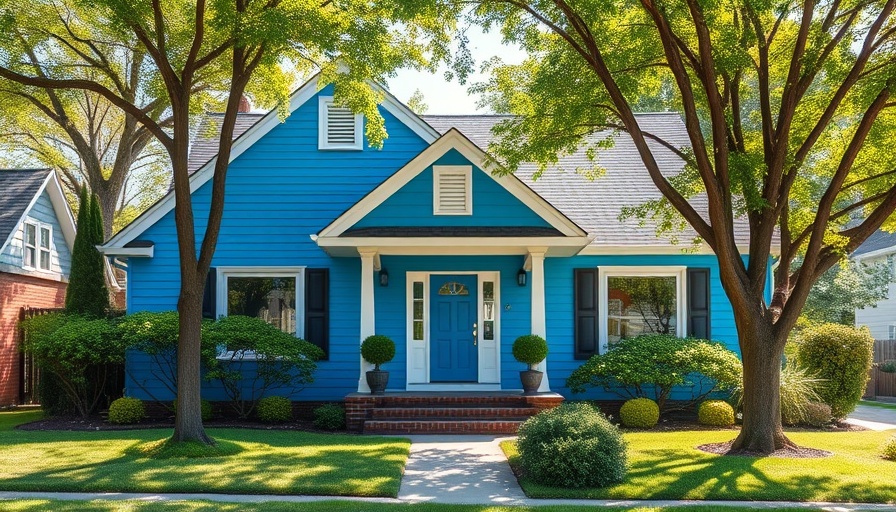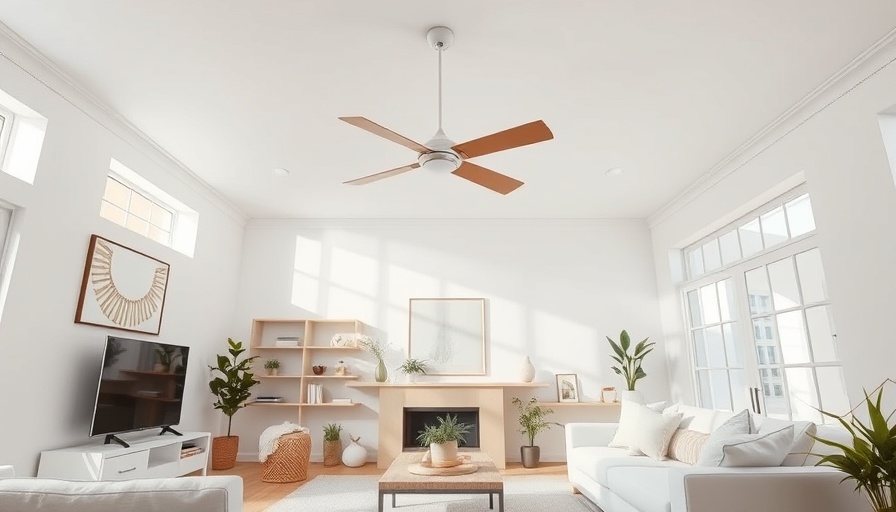
Boost Your Home's Curb Appeal with Expert Color Choices
The colors you choose for your home’s exterior significantly influence its curb appeal, making a powerful impact on first impressions. Not only can thoughtful color selections help a home stand out in its neighborhood, but they can also enhance its market value. In this article, let's explore color schemes recommended by seasoned painting contractors that attract positive attention and contribute to a welcoming ambiance.
Why Color Matters: First Impressions Count
When it comes to real estate, the exterior color scheme of a home is crucial for making a good first impression. Potential buyers are often deterred by outdated or clashing colors, which can lead to a home languishing on the market. On the contrary, a tasteful color palette can suggest that the home is well-maintained and inviting.
Color Suggestions for Enhanced Appeal
1. Classic White with Black Trim: This timeless combination remains a favorite among homeowners seeking a clean and elegant look. The contrast between sharp black accents and pristine white paint enhances architectural details, contributing to a striking visual appeal that suits a variety of home styles.
2. Warm Grays and Soft Taupes: Color professionals have reported growing interest in warm grays, or "greige," as they perfectly blend modern aesthetics with a cozy feel. These hues can adapt to changing light and weather conditions, maintaining their beauty with minimal fading over time.
3. Earthy Greens: Earthy greens, such as olive or sage, allow homes to connect seamlessly with their natural surroundings, creating a calm atmosphere. Less conventional than neutrals, these greens provide a unique identity without overshadowing the home’s architecture.
Making Informed Decisions
Choosing a paint color should not be a rushed decision. Consider consulting with a local painting contractor to discuss how specific colors might perform in your unique landscape and under local lighting conditions. By investing time in selecting the right color, you can significantly boost your home’s appeal and potentially increase its value on the market.
In summary, color can influence not only how a home appears but also its marketability. By opting for popular shades like classic white paired with black trim, warm grays, or earthy greens, you can enhance your property’s charm and create a favorable impression that resonates with potential buyers and enhances your everyday living space.
 Add Row
Add Row  Add
Add 



Write A Comment